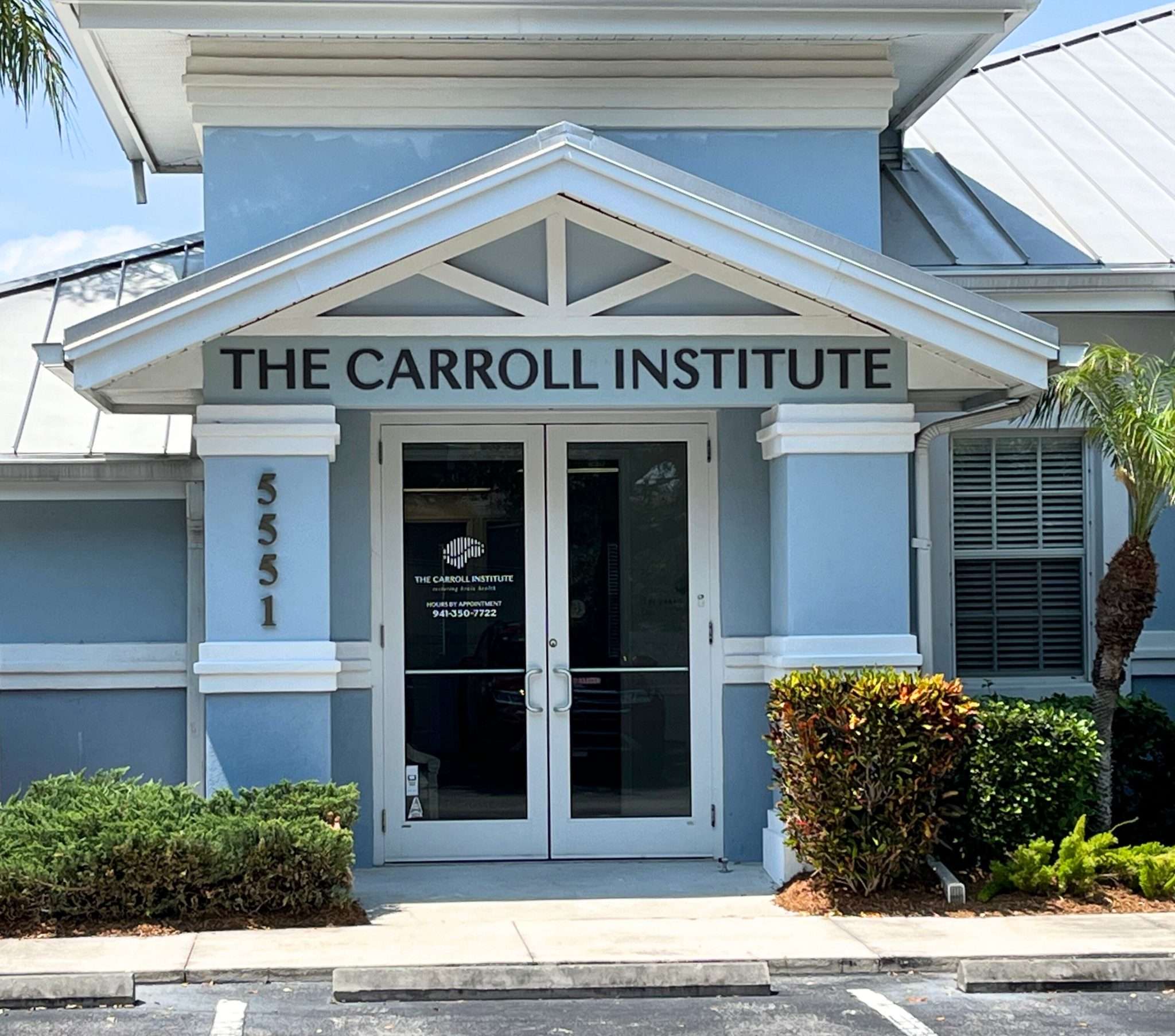
Alzheimer's FAQ
Yes! The ReCODE protocol is the only treatment proven in peer-reviewed medical journals to reverse cognitive decline. Our 84% success rate demonstrates that when you treat root causes instead of symptoms, the brain can heal and regenerate. We have hundreds of patients in Sarasota who have restored their memory and cognitive function.
Traditional medicine focuses on managing symptoms with medications like Aricept and Namenda. These drugs may slow progression slightly but don’t address the underlying causes destroying your brain cells. We identify and eliminate the root causes – like heavy metal toxicity, mold exposure, and chronic inflammation – that other doctors aren’t trained to look for.
Dr. Glenn is the only ReCODE certified Functional Neurologist practicing in the Sarasota area. He trained directly with Dr. Dale Bredesen at UCLA’s Buck Institute for Aging and has over 40 years of functional neurology experience. This combination of specialized training and extensive experience is unmatched in our region.
ReCODE (Reversal of COgnitive DEcline) is a personalized, precision medicine approach developed by Dr. Dale Bredesen. It identifies and addresses the specific root causes of your cognitive decline through comprehensive testing and targeted treatments, rather than using a one-size-fits-all medication approach.
Most patients notice improvements within 3-6 months, with continued progress over 12-18 months. The brain needs time to heal and regenerate, but 84% of our patients show measurable cognitive improvement. Early intervention typically yields faster and better results.
We use specialized laboratory tests that most doctors never run, including heavy metal analysis, mycotoxin panels for mold exposure, comprehensive inflammatory markers, hormonal assessments, and genetic testing. These advanced tests identify your specific root causes so we can create targeted treatment protocols.
It’s never too late to start treating root causes. While earlier intervention typically yields better results, we’ve helped patients with moderate cognitive decline achieve significant improvements. The brain has remarkable healing capacity when given the right support and when root causes are eliminated.
We can work with your current medications while addressing root causes. Many patients are eventually able to reduce or eliminate medications as their cognitive function improves, but this is always done in coordination with your prescribing physician.
Our success comes from treating root causes rather than symptoms. By identifying and eliminating the specific toxins, infections, and imbalances causing each patient’s cognitive decline, we allow the brain to heal naturally. Our comprehensive approach includes cognitive rehabilitation to rebuild neural pathways – something no other clinic in the area offers.
Treatment may include targeted detoxification, nutritional supplementation, hormone optimization, anti-inflammatory therapies, dietary modifications, lifestyle interventions, and our unique cognitive rehabilitation exercises. Every protocol is personalized to your specific root causes.
According to the American Medical Association, the average medical practice is 17 years behind current research. Most doctors simply aren’t trained in functional medicine approaches or the latest breakthroughs in cognitive decline reversal. Medical schools focus on pharmaceutical interventions rather than root cause analysis. Dr. Glenn’s specialized training in the ReCODE protocol and functional neurology keeps him at the forefront of what’s actually possible in treating cognitive decline.
Dementia is an umbrella term under which all forms of cognitive decline exist, including Alzheimer’s disease, vascular dementia, Lewy body dementia, Parkinson’s dementia, and others. Alzheimer’s disease is the most common form of dementia, accounting for about 60-80% of cases. The good news is that our ReCODE protocol can be effective for multiple types of dementia because we address the underlying root causes that contribute to all forms of cognitive decline.

Alzheimer’s is no longer a life sentence.
It can be reversed and we can show you how

The Carroll Institute
DEDICATED TO RESTORING YOUR BRAIN HEALTH
At The Carroll Institute we focus on uncovering the root causes of Cognitive Decline, including Alzheimer’s disease, and then creating personalized treatment plans for each individual. Utilizing specially designed laboratory testing, Imaging and DNA testing, we can now do what was thought to be impossible just a few years ago.
We’ve been practicing brain-based health care for over 25 years and offer our patients a level of service that is unparalleled. Our goal is to replace the fear of cognitive decline with a future of hope and cognitive clarity.
If you or someone you love is suffering cognitive decline, call us today. Let’s find out if we’re the right place for you.
– schedule now –
free discovery call
To help you get started, we offer a free 20-minute Discovery Phone Consultation. During this call, you will be able to talk with one of our Certified Brain Health Coaches about what is going on with you or your loved one and find out if we can help. Please review our FAQs prior to scheduling your free call. We look forward to talking with you soon and helping you Save Your Brain.
(yes, it’s totally free!)